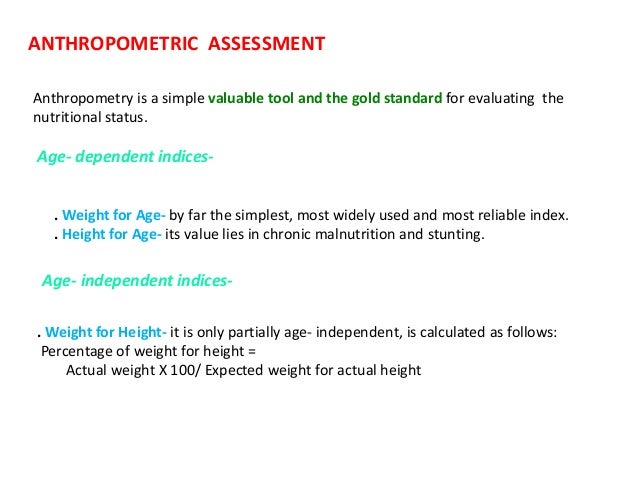Know the causes symptoms treatment prevention and the diet plan for protein-energy malnutrition. It occurs when a child doesnt eat enough protein and energy measured by calories to meet nutritional needs.
Protein Energy Malnutrition Malnutrition Nutrition
Malnutrition is the condition that results from eating a diet in which certain nutrients are lacking in excess too high in intake or in the wrong proportions12 The verb form is malnourish.

Protein energy value malnutrition. Is sometimes used. 02082020 Dietary protein quality and malnutrition in Africa. Protein Energy Malnutrition - Free download as Powerpoint Presentation ppt pptx PDF File pdf Text File txt or view presentation slides online.
2 28 Protein Energy Malnutrition Nutrition Flexbook. Protein Energy Malnutrition PEM or Failure to Thrive FTT is defined as an imbalance between nutrient requirement and intake resulting in cumulative deficits of energy protein or micronutrients that may negatively affect growth development and other relevant outcomes. Protein-energy malnutrition or PEM is the condition of lack of energy due to the deficiency of all the macronutrients and many micronutrients.
Protein energy malnutrition is free HD wallpaper was upload by Admin. Additionally marasmus can precede kwashiorkor. 03052014 PROTEIN ENERGY MALNUTRITION ANTHROPOMETRY 2.
Many patients exhibit symptoms of both disease states. Marasmus or PEM without edema is defined as. Protein-energy undernutrition PEU previously called protein-energy malnutrition is an energy deficit due to deficiency of all macronutrients.
Higher albumin levels may be caused by acute infections burns and stress from surgery or a heart attack. 29052017 Protein-energy malnutrition is a very common problem occurring in several infants and young children living in developing nations. Protein-energy malnutrition can be easily controlled and reversed with the right guidance and knowledge.
In developing countries it affects children who are not provided with calories and proteins. If you do not find the exact resolution you are looking for then go for a native or higher resolution. In many developing countries protein intake falls.
31052019 These abnormalities can be taken as supporting evidence for protein-energy malnutrition however they are not specific and insensitive and concomitant diseases and a severe stress reaction may also have an effect. A Severe forms of malnutrition are frequent in the order of 5-10 in developing countries b The prevalence of mild and moderate forms Protein energy Malnutrition range from 20-40 c Stunting is the more common form of malnutrition than wasting. Protein-energy malnutrition is a nutritional deficiency resulting from either inadequate energy caloric or protein intake and manifesting in either marasmus or kwashiokor.
Download this image for free in HD resolution the choice download button. The WHO 2007 Technical Report on protein and amino acid requirements in human nutrition states that the best estimate for a population average requirement is 105 mg nitrogenkg body weight per day or 066 g proteinkg body weight per day. It can be graded as mild moderate or severe.
Each type may be classified as acute or chronic. Protein-energy malnutrition PEM is classically described as 1 of 2 syndromes marasmus and kwashiorkor depending on the presence or absence of edema. This is also known as protein energy malnutrition see Table I.
It can also mean that you have liver disease or an inflammatory disease. It is a valuable index for assessment of nutritional status of children Anthropometric parameters can be classified in to two group I. It can occur suddenly or gradually.
Protein calorie malnutrition PCM is the state of inadequate intake of food as a source of protein calories and other essential nutrients occurring in the absence of significant inflammation injury or another condition that elicits a systemic inflammatory response. 13022021 Protein-Calorie Malnutrition PCM refers to a nutritional status in which reduced availability of nutrients leads to changes in body composition and function. It commonly includes deficiencies of many micronutrients.
Both markers respond slowly to correction of the nutritional status. Because the evidence indicates that most malnourished children die because of poor pediatric care by inappropriately trained medical staff the new cover design depicting the 10. Age independent criteria when childs age is not known.
04062020 A normal albumin range is 34 to 54 gdL. Age dependent criteria II. How common is the problem of protein energy malnutrition.
Protein energy malnutrition PEM is defined as an unintentional loss of 10 or more of body weight in a period of six months or less andor serum albumin levels of less than 35 grams per decilitre gdl Hudson et al 2000. Modifying Food Texture 2015. 01102008 With protein-energy malnutrition PEM being implicated in about 60 of all child deaths the republishing of this book by John Waterlow is timely and necessary.
These reasons limit their use as diagnostic tools for malnutrition. Marasmus is characterised by wasting of body tissues particularly muscles and subcutaneous fat and is usually a result of severe restrictions in energy intake. If you have a lower albumin level you may have malnutrition.
PEU can be sudden and total starvation or gradual.

Protein Energy Malnutrition Severe Childhood Undernutrition Scu Soad

Treatment Management Of Severe Acute Proteinenergy Malnutrition In

Comparison Between Protein Energy Malnutrition And Protein Energy Download Table

Serum Ferritin And Its Usefulness In Detecting Iron Deficiency Anaemia Among Children With Protein Energy Malnutrition A Case Control Study In North Central Nigeria Saka Ao Ojuawo Ia Saka Mj Olatunbosun L Biliaminu

Comparison Between Protein Energy Malnutrition And Protein Energy Download Table

Protein Energy Malnutrition Severe Childhood Undernutrition Scu Soad





0 comments:
Post a Comment